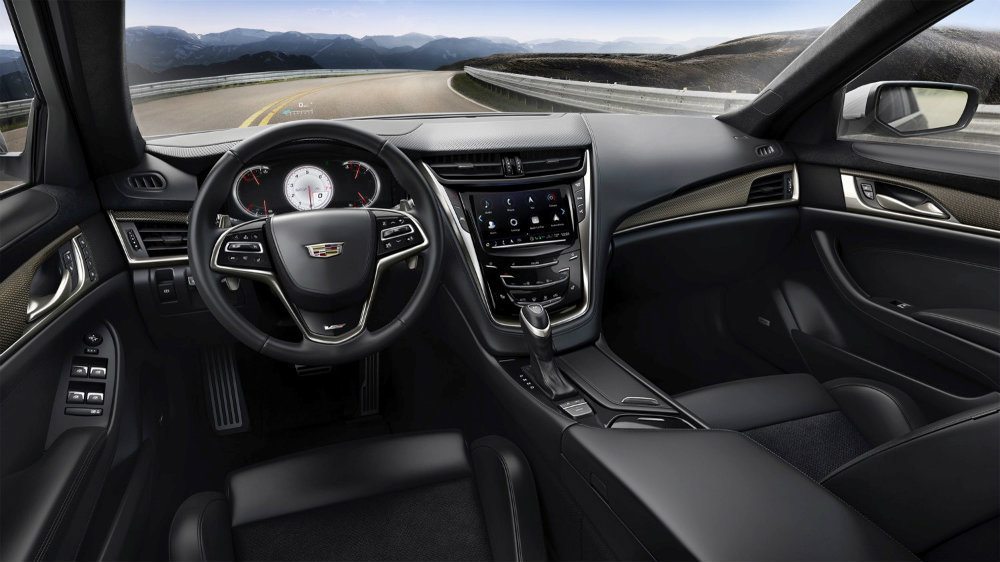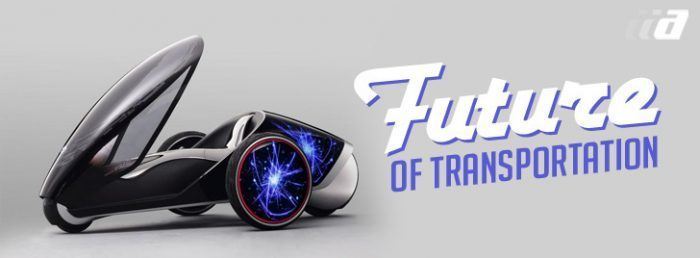This is a strange thing to try and comprehend, but I bet you’ll end up seeing more and more of it as our dashboards and our smartphones overlap in some great Venn diagram of user interfaces. Cadillac has just updated what it calls the “user experience” in its CTS sedan.
As it turns out, this generic term of “user experience” is something I have quite a bit of experience with. I work with a lot with game companies, training outfits, and people who do museum designs and stuff like that.
“User experience” is a catch all phrase that all boils down to this: “How does the person using “this” [and “this” can be anything from a kiosk in a museum to a training film] come out at the end of the encounter?”
Museums To Motor Cars
Ideally, you want your audience, say a bunch of grade school kids at a natural history museum, to know more about dinosaurs at the end of the day. Cadillac is applying this basic idea so as to better integrate people, both passengers and drivers, into its cars. You could sort of see it coming, if you’ve been paying attention.
First off, everyone seems to have a smartphone or a tablet or both. That ubiquity is very attractive to almost anyone who makes or sells things. Beyond giving you a place to attach your smartphone to your dash, it quickly grew to integrating smartphone systems with automotive ones. Getting songs to the speakers of your car from your iPod quickly grew to factory integration of things like Apple CarPlay and Android Auto. So how long before it grows to be more than that?
If Cadillac has anything to say about it, how long is now.
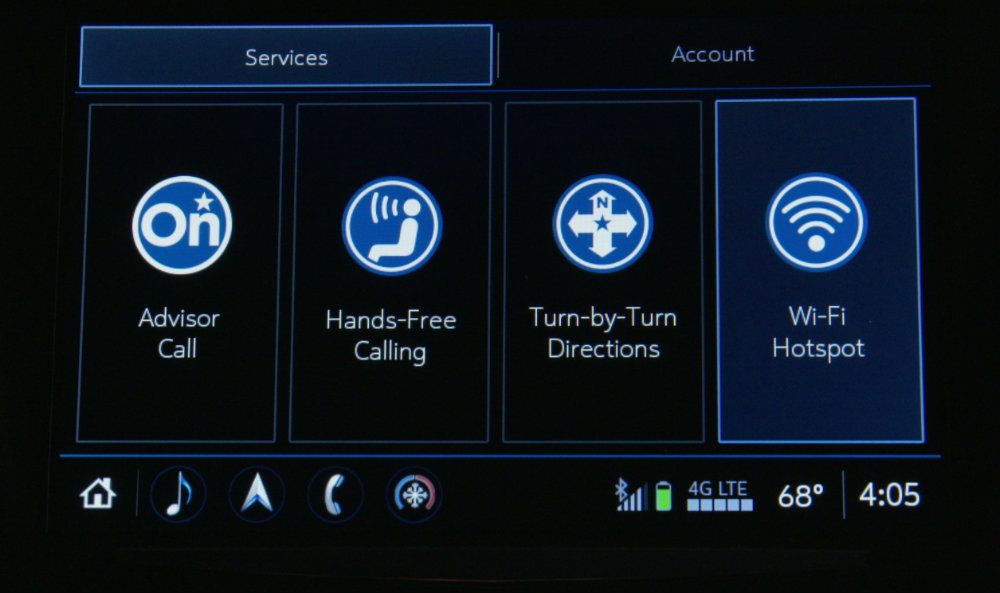
Personalized Preferences
This next-generation user experience system debuts in the new Cadillac CTS, and will be arriving at U.S. dealerships soon. Cadillac plans to include the system in the XTS and ATS sedans in 2018 with other product lines to follow. The aim is for the system to offer a more personalized, intuitive interface with the upgrade.
Cadillac wants a dynamic environment that can be fine-tuned over time to meet a customer’s evolving connectivity needs. They also want to leverage cloud computing to further personalize vehicles, be it for better navigation, or updating and installing different applications via the Collection app store.
Caddy is aiming to apply the functionality of apps and smartphone practices into the vehicle. Which is a clever way to approach this. They aim to provide customers easier access to common features via a Summary View where key applications like climate, audio, phone, and navigation are displayed on one screen. My Driver Preferences is what Cadillac calls it, and yes, that sounds like a third rate appropriation of something Apple would have done in 1988, but give them a chance, they’re still learning.
My Driver Preferences are individualized, cloud-based profiles that allow you to jigger the infotainment system to match personal preferences, and take that with you to any new Cadillac user experience equipped vehicle. You know power seats with memory functions? Think of it like that on steroids. You hop into your rental Cadillac, log in, and how you and the car talk to one another is just like your personal car back home.
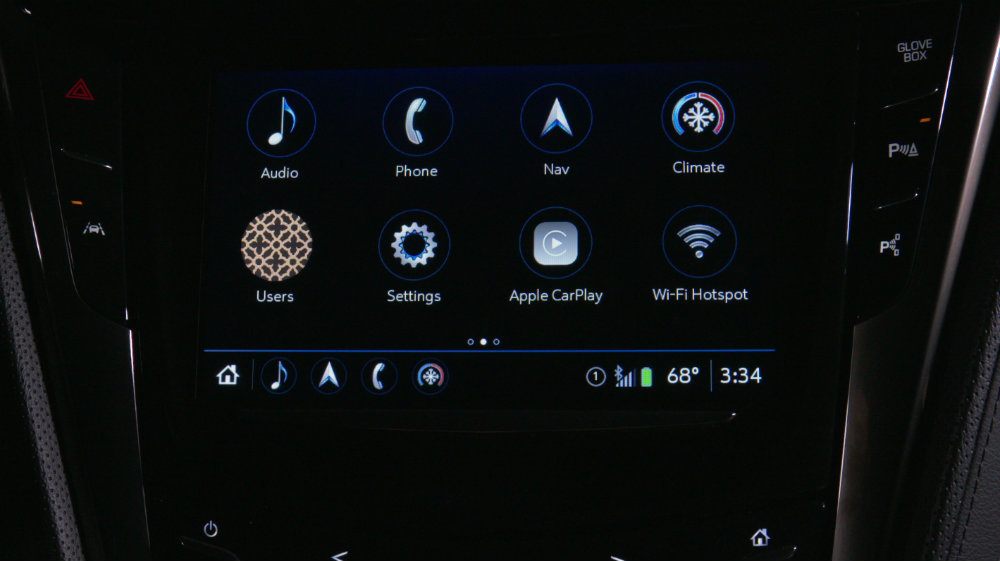
Predictive Preferences
So you can tweak things like vehicle and display settings, contact favorites, navigation route preferences, and recent destinations. A particular driver creates an individual account for their preferences across all Cadillacs and then can manage them either in the vehicle or via myCadillac Owner Center on the Cadillac website.
Of course this all integrates with your smartphone (Cadillac might be a lot of things, but they ain’t stupid).
The new system features an available, all-new navigation app with what Caddy calls “an intuitive interface” that gives a driver access to destination information via available cloud-based services. This includes updated points of interest, live traffic information, fuel prices, and parking information.
And yes, all that sounds good, but what Cadillac will need to sell is using their system over Google Maps or the like. The Cadillac system does have enhanced voice recognition and improved onscreen search functions, so you can access more relevant search results. This is a subscription-based system that can learn your preferred routes and destinations, even going as far as offering predictive suggestions based upon traffic and frequent destinations.
Why is it that these sorts of things in cars want to try and second guess what you need or want, and then feed you recommendations? Besides being rather cloying and most likely a pain in the rear, the answer is obvious: Money.
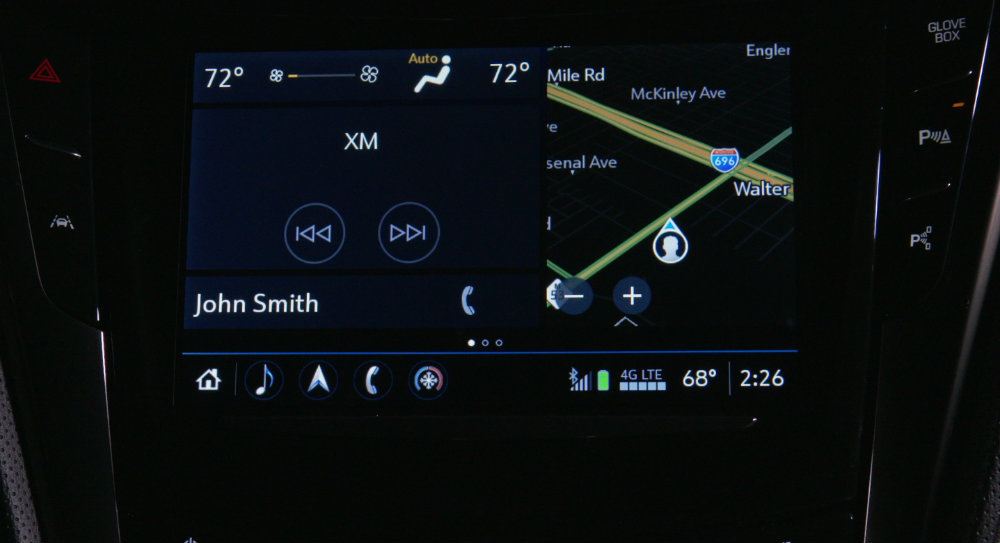
Mindful Usage
Not only will a car company (General Motors via Cadillac, in this case) get a lot of demographic data to sift through, they can sell that to potential business partners. Like selling how many Cadillac owners searched for and actually went to a Chili’s while on the road to Brinker International. It’s sort of like Big Brother, only instead of dragging you to Room 101, they manipulate you into spending money at a chain restaurant in a strip mall.
All of this feel-good and semi-useful totalitarianism comes standard on new Cadillacs equipped with the user experience system as an available, opt-in 12-month connected navigation trial. So in a way, it’s sort of like OnStar, only more so. If you want to geek out on this, it functions via the built-in OnStar 4G LTE platform, which with customer consent, allows Cadillac to remotely update various features.
“With customer consent” is an important term to keep in mind for . . . well, most likely the rest of our lives now.
Tony Borroz has spent his entire life racing antique and sports cars. He means well, even if he has a bias towards lighter, agile cars rather than big engine muscle cars or family sedans.
Photos & Source: Cadillac

